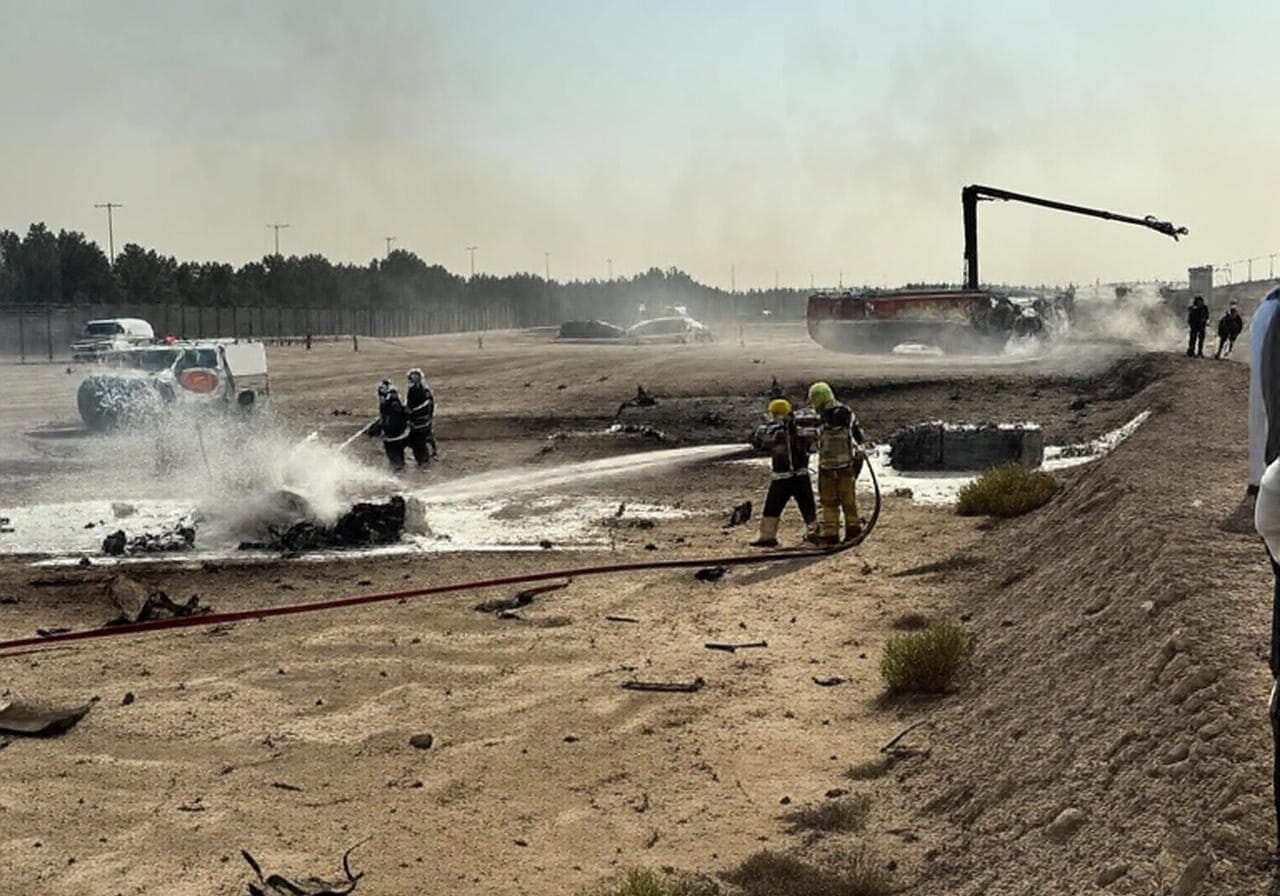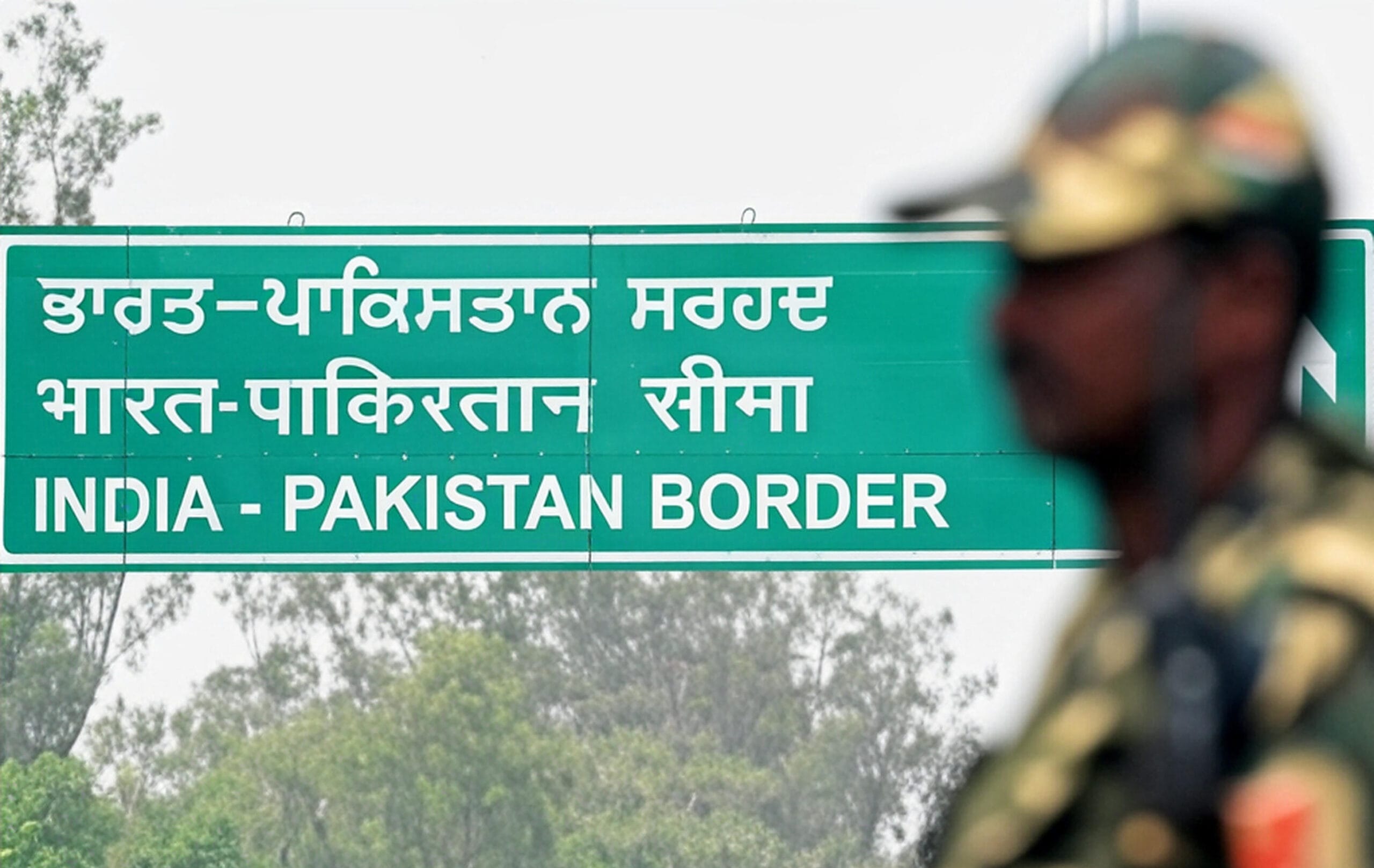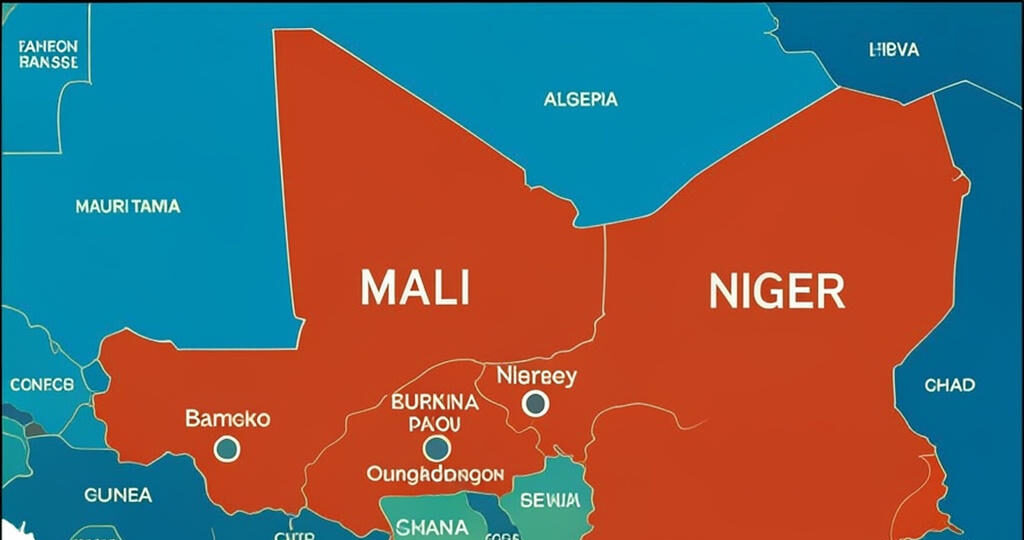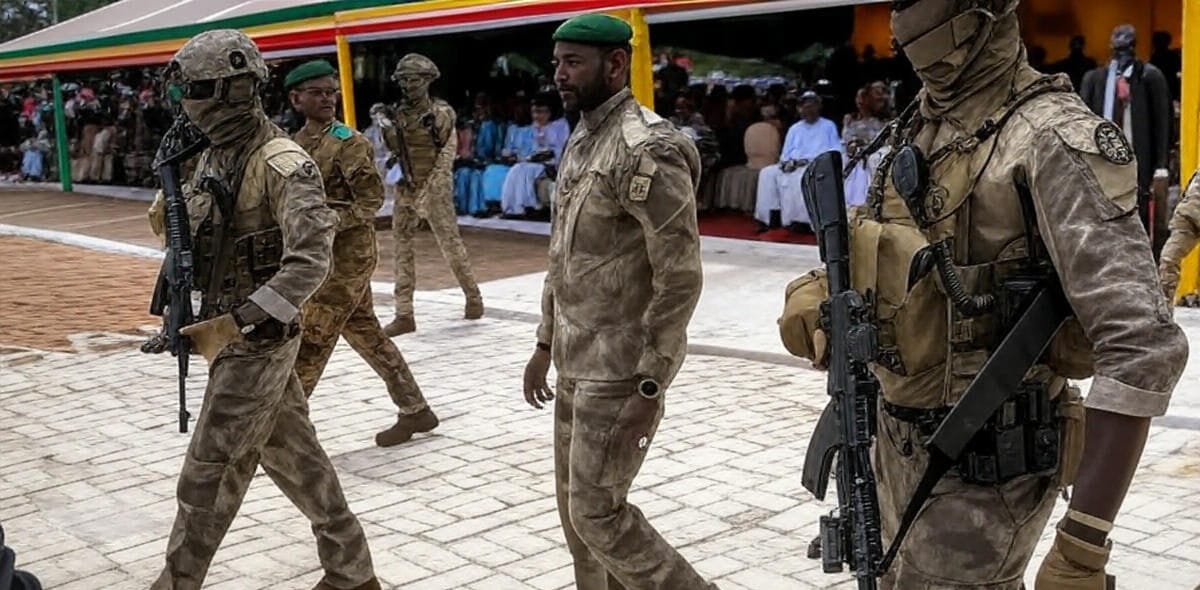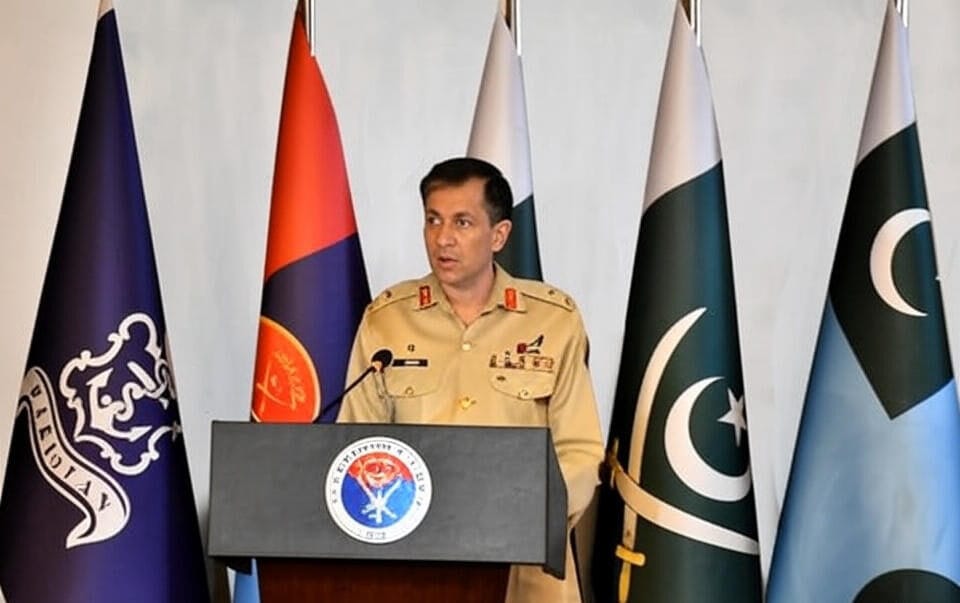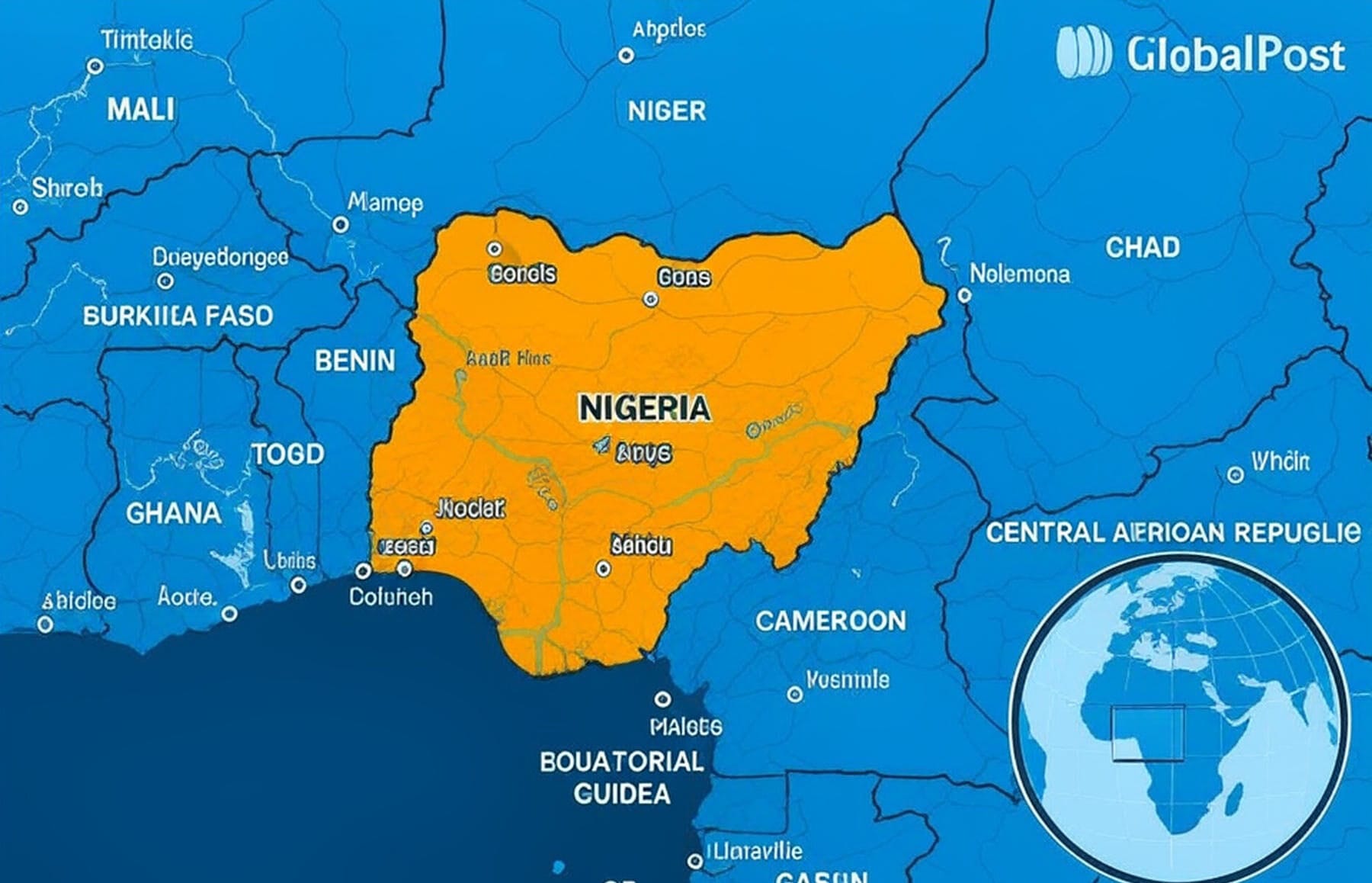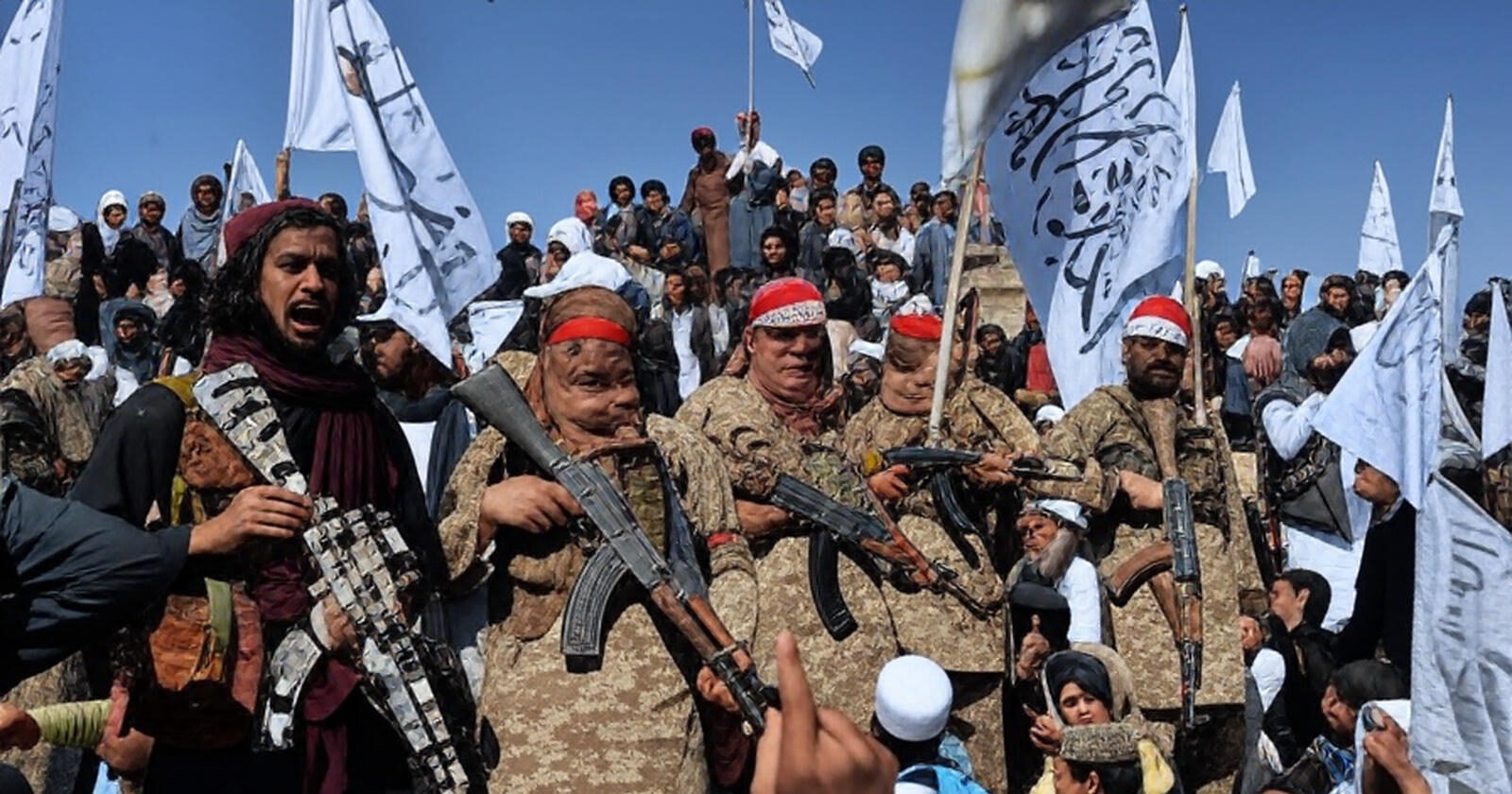
The recent Pakistan-Afghanistan border clash has captured global attention, culminating in a fragile 48-hour ceasefire announced on October 15, 2025. This escalation along the disputed Durand Line resulted in tragic civilian casualties and widespread displacement in regions like Spin Boldak and Chaman. As tensions ease temporarily, understanding the causes, impacts, and future implications is crucial for those following South Asian geopolitics. In this comprehensive guide, we break down the events, key players, and what the Pakistan-Afghanistan ceasefire means for regional stability, drawing on verified reports for accurate insights.
Understanding the Roots of Pakistan-Afghanistan Border Tensions
Border disputes between Pakistan and Afghanistan date back over a century, fueled by the controversial Durand Line established in 1893. This boundary divides Pashtun ethnic groups and remains a source of friction, with Afghanistan refusing to recognize it fully. Recent clashes highlight ongoing issues like cross-border militancy, where Pakistan accuses the Taliban of harboring Tehrik-i-Taliban Pakistan (TTP) fighters, while Kabul denies these claims and points to mutual security failures.
For readers new to the topic, these tensions aren’t isolated—they tie into broader challenges like refugee flows, trade disruptions, and terrorism. According to experts, the Taliban’s 2021 return to power in Afghanistan initially raised hopes in Pakistan but quickly deteriorated due to unmet anti-TTP commitments, setting the stage for the 2025 Pakistan-Afghanistan border clash.
Why the Durand Line Remains a Flashpoint
- Historical Legacy: Drawn by British colonizers, it ignores ethnic ties, leading to frequent skirmishes.
- Militancy Links: Pakistan reports a 60% rise in TTP attacks since 2021, blaming Afghan sanctuaries.
- Economic Stakes: The border handles billions in trade; closures affect livelihoods on both sides.
This context explains why small incidents can spiral, making SEO searches for “Pakistan Afghanistan border dispute explained” increasingly common.
Step-by-Step Timeline of the October 2025 Clashes
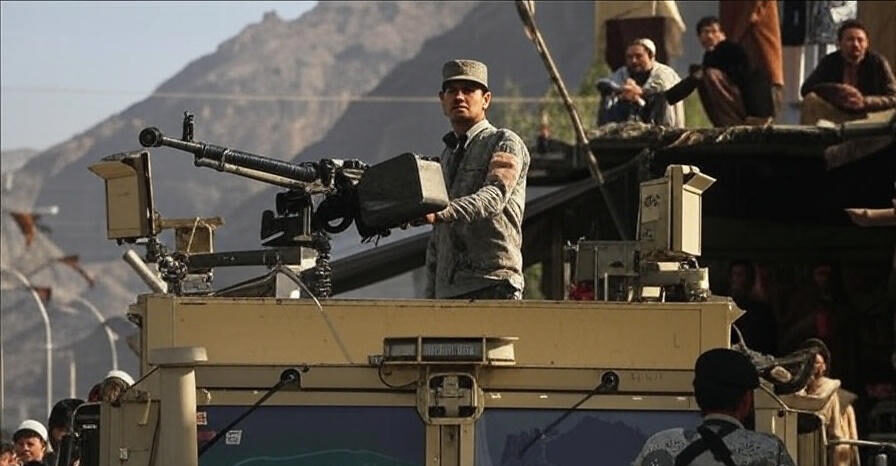
To make this reader-friendly, here’s a clear chronology of the Pakistan-Afghanistan border clash events from October 14-15, 2025. The violence broke a prior weekend truce and involved heavy weaponry, escalating fears of wider conflict.
Day 1: Initial Outbreak (October 14 Overnight)
Heavy artillery and small-arms fire began in Kandahar’s Spin Boldak district, with Pakistani forces claiming to repel an Afghan advance. Reports indicate Pakistani airstrikes targeted Taliban positions, minimizing civilian areas but still causing panic.
Day 2: Intensification and Ceasefire (October 15)
- Morning Exchanges: Fighting lasted hours, with shells hitting homes; social media videos showed evacuations in Chaman.
- Afternoon Truce: Effective from 6:00 p.m. (1300 GMT), brokered after diplomatic interventions from Saudi Arabia, Qatar, Russia, and China.
- Official Statements: Pakistan said Kabul requested it; Taliban countered it was mutual, urging compliance.
This timeline helps readers grasp the rapid pace—search for “Pakistan Afghanistan clash timeline 2025” for visuals and updates.
Human Cost
The true tragedy of the Pakistan-Afghanistan ceasefire lies in its human toll. At least 15 civilians died in Afghanistan, with over 100 injured, including 80 women and children. Pakistan reported four injuries but claimed 15-20 Taliban combatants killed. Eyewitness accounts describe families fleeing under fire, adding a personal layer to dry statistics.
Key Humanitarian Impacts
- Displacement: Thousands relocated, straining local resources in Balochistan and Kandahar.
- Health Emergencies: Overwhelmed hospitals highlight the need for cross-border aid.
- Economic Ripple Effects: Closed crossings like Chaman halted $2.5 billion in annual trade, affecting truckers and farmers.
UN officials have called for investigations into civilian targeting, emphasizing protection in future Pakistan-Afghanistan border disputes.
Inside the Ceasefire: Terms, Mediators, and Challenges
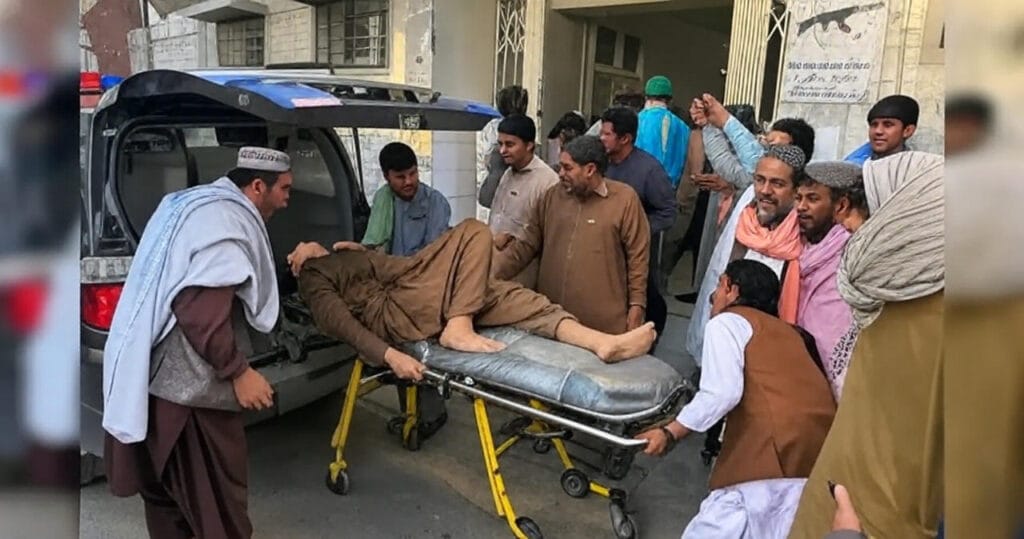
The 48-hour Pakistan-Afghanistan ceasefire, expiring October 17, 2025, aims to foster dialogue. Pakistan’s Foreign Ministry framed it as a response to Kabul’s plea, while Taliban spokespersons stressed conditional adherence. No violations reported yet, but vigilance remains high.
Who Helped Broker Peace?
- Regional Allies: Saudi Arabia and Qatar led appeals, leveraging ties with both nations.
- Global Players: Russia and China pushed for calm to protect investments like the Belt and Road Initiative.
- Potential Extensions: Talks could revive joint committees on TTP extraditions.
For SEO optimization, terms like “Pakistan Afghanistan ceasefire details 2025” direct readers here for breakdowns.
Implications for Peace and Security
This ceasefire offers hope but doesn’t resolve core issues. Pakistan may intensify anti-TTP operations, while Afghanistan focuses on internal legitimacy. Broader risks include empowering groups like ISIS, destabilizing South Asia.
Pathways to Lasting Stability
- Diplomatic Tools: Reopen coordination bodies for border management.
- Economic Bridges: Restore trade to build trust and ease poverty.
- International Support: Enhanced UN monitoring for accountability.
Readers searching “future of Pakistan Afghanistan relations post-clash” will find these insights valuable amid ongoing uncertainties.
Monitoring the Fragile Peace
As the Pakistan-Afghanistan border clash ceasefire holds, it’s a reminder of how quickly tensions flare in this region. With civilian lives at stake, sustained international pressure is essential. Stay informed through reliable sources—bookmark this page for updates on Durand Line developments, TTP threats, and bilateral talks. If you’re affected or seeking more, resources like UN reports provide deeper dives.
